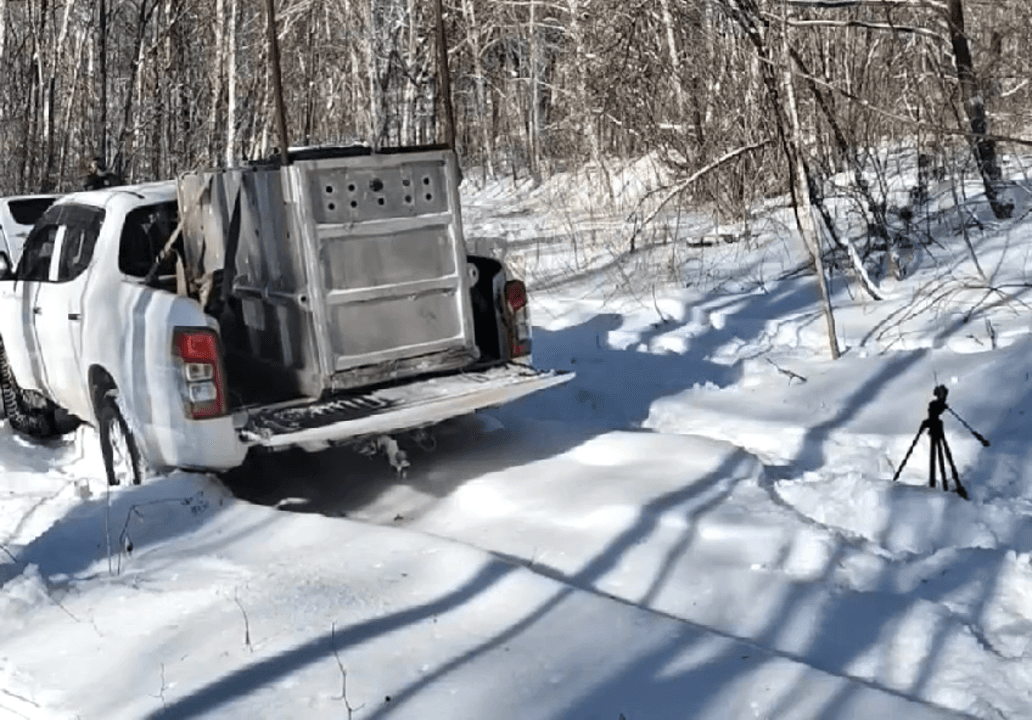
HUNTING SEASONS IN NEWFOUNDLAND AND LABRADOR, CANADA 2025–26: Big Game and Small Game, Licenses, and Regulations Guide Plan your 2025–26 Newfoundland and Labrador hunt with our province‑by‑province guide—season dates, bag limits, licenses, bow & rifle rules, and key game species: Moose, Caribou, Ducks and more. Newfoundland and Labrador’s rugged island barrens, coastal peatlands and boreal forests host robust moose herds, migratory caribou herds on the island and in Labrador, and world‑renowned waterfowl staging areas. From the interior plateau to the remote tundra, popular pursuits include limited moose and caribou tag draws, spring and fall duck hunting, and black bear seasons—under clear provincial regulations across 30 Wildlife Management Zones (WMZs). Plan an ethical, compliant hunt with exact season dates, bag limits and zone‑specific requirements for 2025–26. What Is There to Hunt in Newfoundland and Labrador? Big Game: Moose, caribou, black bear Small Game & Upland Birds:
Post: 30 July 13:38









